India's much-awaited lunar mission Chandrayaan-3 is scheduled to launch on July 14, 2023. The Soviet Union, the United States and China are the only three countries to have previously successfully performed a lunar landing.
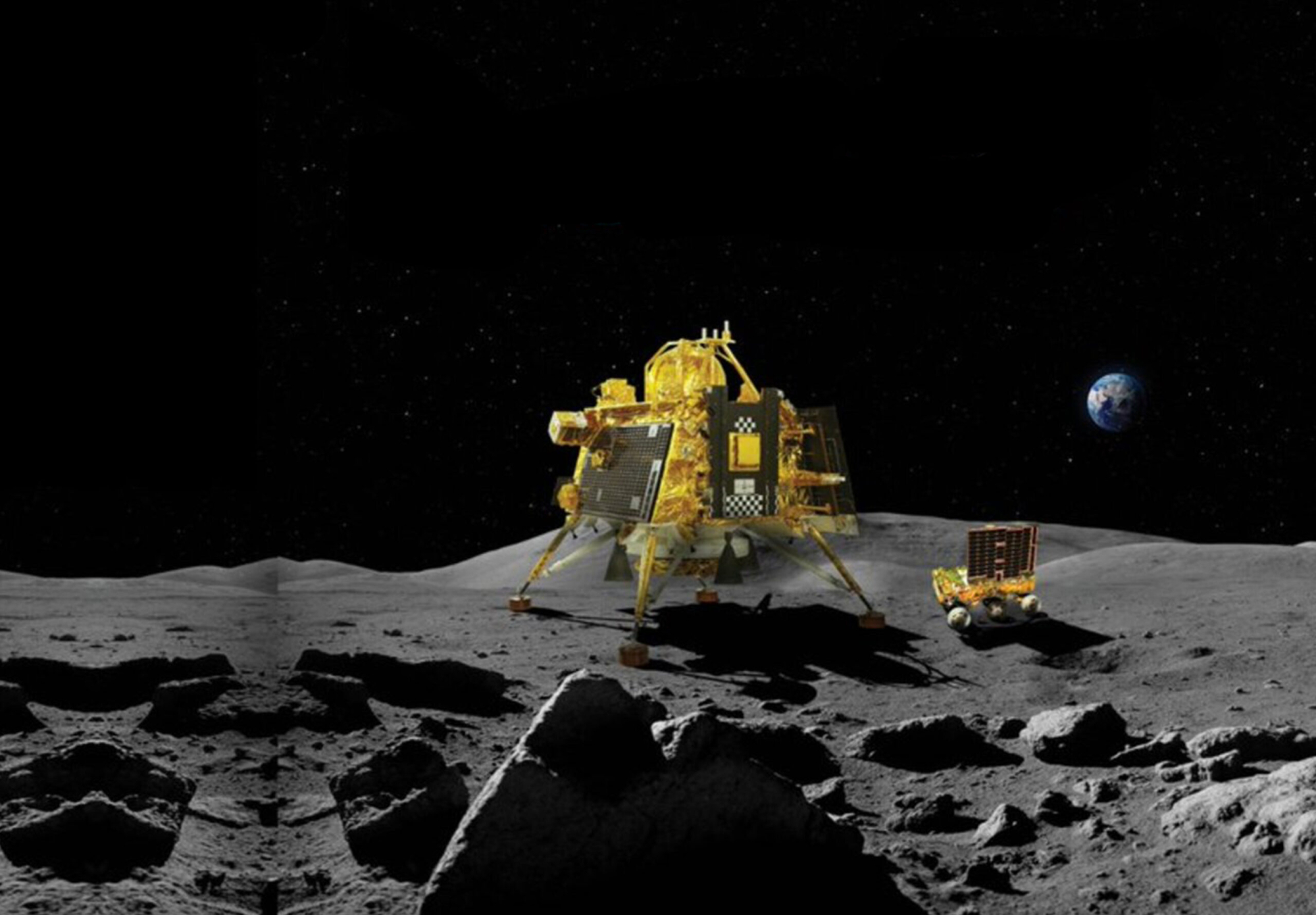
Simulation of the Chandrayaan-3 spacecraft landing on the Moon. Photo: ISRO
Finding Water on the Moon
As early as the 1960s, before the first Apollo landing, scientists had speculated that water might exist on the Moon. Soil samples sent back for analysis by the Apollo crews in the late 1960s and early 1970s suggested that the water might have dried up.
In 2008, Brown University researchers reexamined those soil samples using new technology and found the element hydrogen inside tiny volcanic glass beads. In 2009, a NASA instrument aboard the Indian Space Research Organization's Chandrayaan-1 probe detected water on the surface of the Moon.
That same year, another NASA probe traveled to the south pole and found water ice beneath the Moon's surface. An earlier NASA mission, Lunar Prospector in 1998, found evidence that the highest concentrations of water ice were in shadowed craters at the south pole.
Why is water on the moon important?
Scientists are interested in ancient water ice pockets because they can provide a record of volcanism on the Moon, material delivered to Earth by comets and asteroids, and the origin of the oceans.
If enough water ice exists, it could be a source of drinking water for lunar exploration and could help cool equipment.
It could also be extracted to produce hydrogen for fuel and oxygen for breathing, supporting mining missions to Mars or the Moon.
The 1967 United Nations Outer Space Treaty prohibits any nation from claiming sole ownership of the moon.
A US-led effort to establish a set of principles for exploring the Moon and using its resources, the Artemis Accords, has 27 signatories. China and Russia have not signed on.
Why is it difficult to explore the south pole of the Moon?
Prior to the successful landing of Chandrayaan-3, Russia's Luna-25 was also scheduled to land at the Moon's south pole this week but lost control on approach and crashed on Sunday.
The Moon's south pole, far from the equator and a target of past missions, is full of deep craters and trenches, making landing there very difficult.
ISRO's Chandrayaan-3 mission landed successfully on August 23, the space agency said. An earlier Indian mission failed in 2019. Both the US and China have also planned missions to the lunar south pole.
Hoang Ton (according to Reuters)
Source



![[Photo] Closing of the 11th Conference of the 13th Central Committee of the Communist Party of Vietnam](https://vstatic.vietnam.vn/vietnam/resource/IMAGE/2025/4/12/114b57fe6e9b4814a5ddfacf6dfe5b7f)




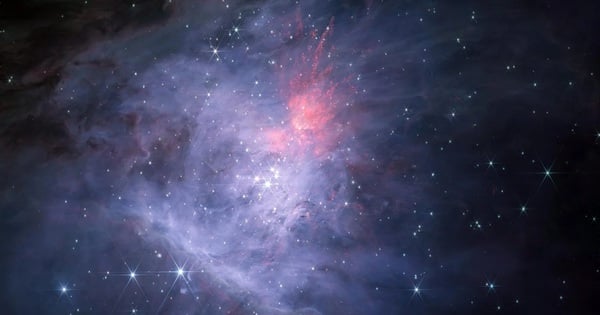

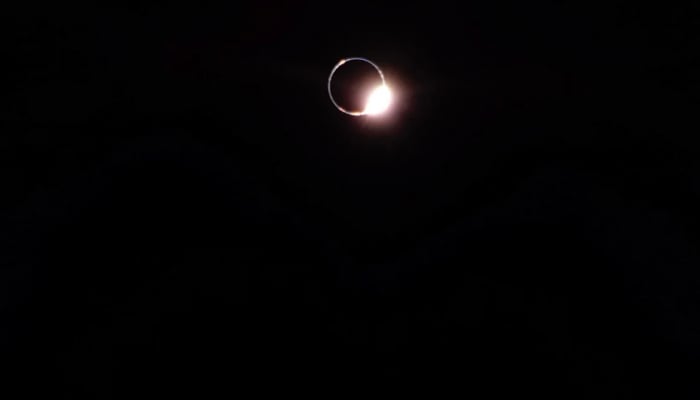
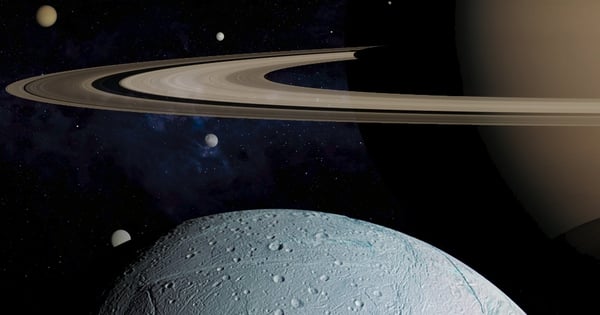
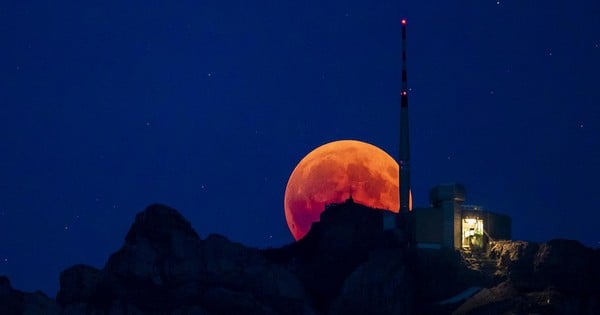
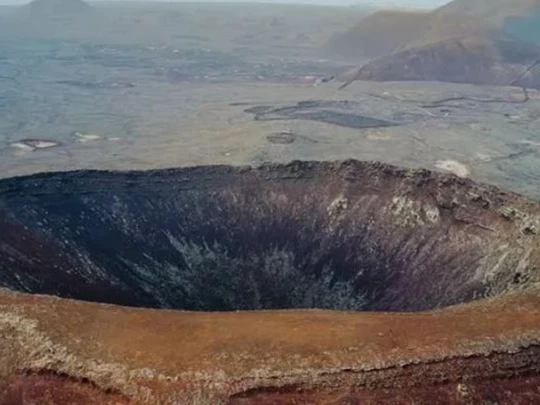



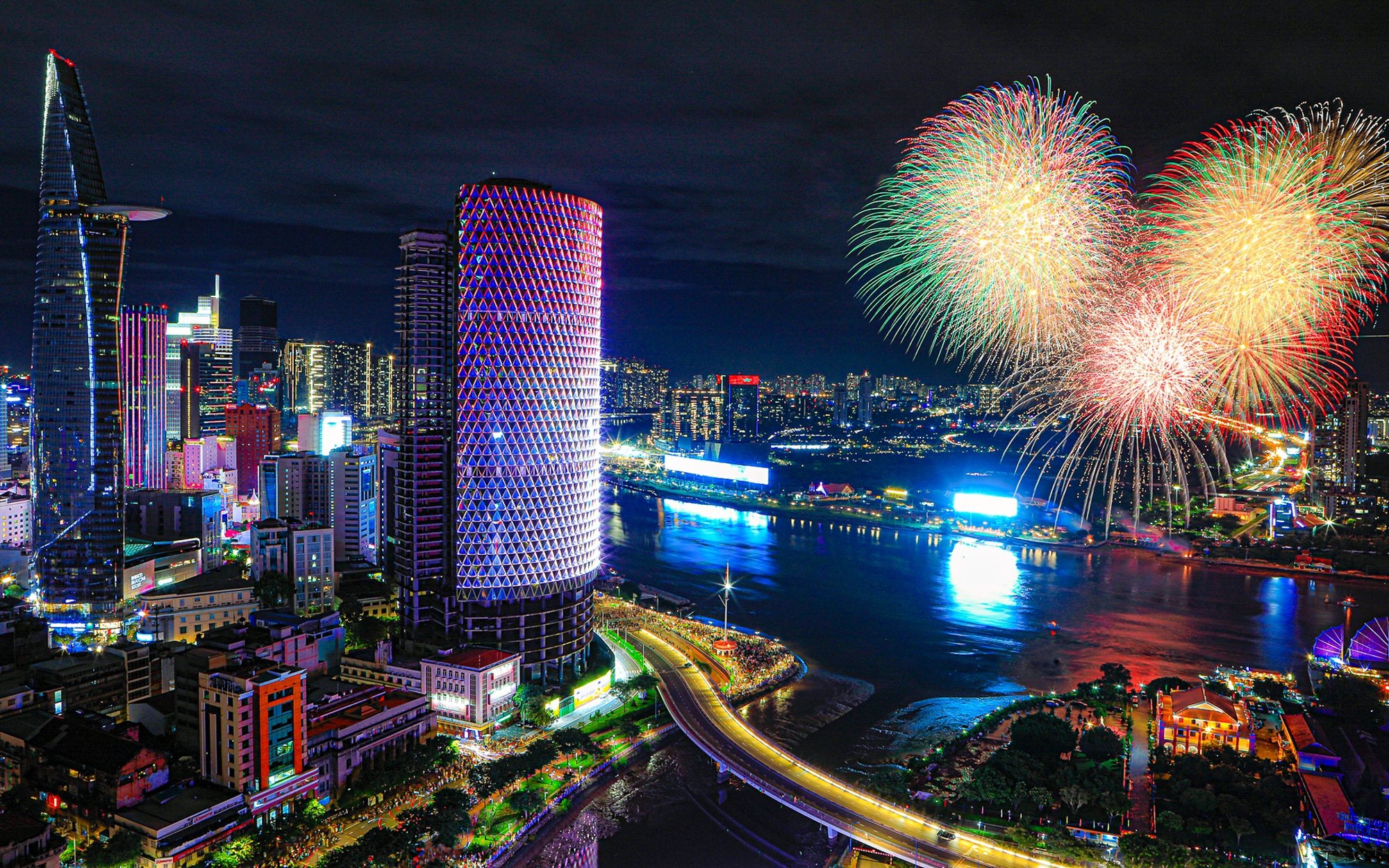














![[Photo] Overcoming all difficulties, speeding up construction progress of Hoa Binh Hydropower Plant Expansion Project](https://vstatic.vietnam.vn/vietnam/resource/IMAGE/2025/4/12/bff04b551e98484c84d74c8faa3526e0)
















































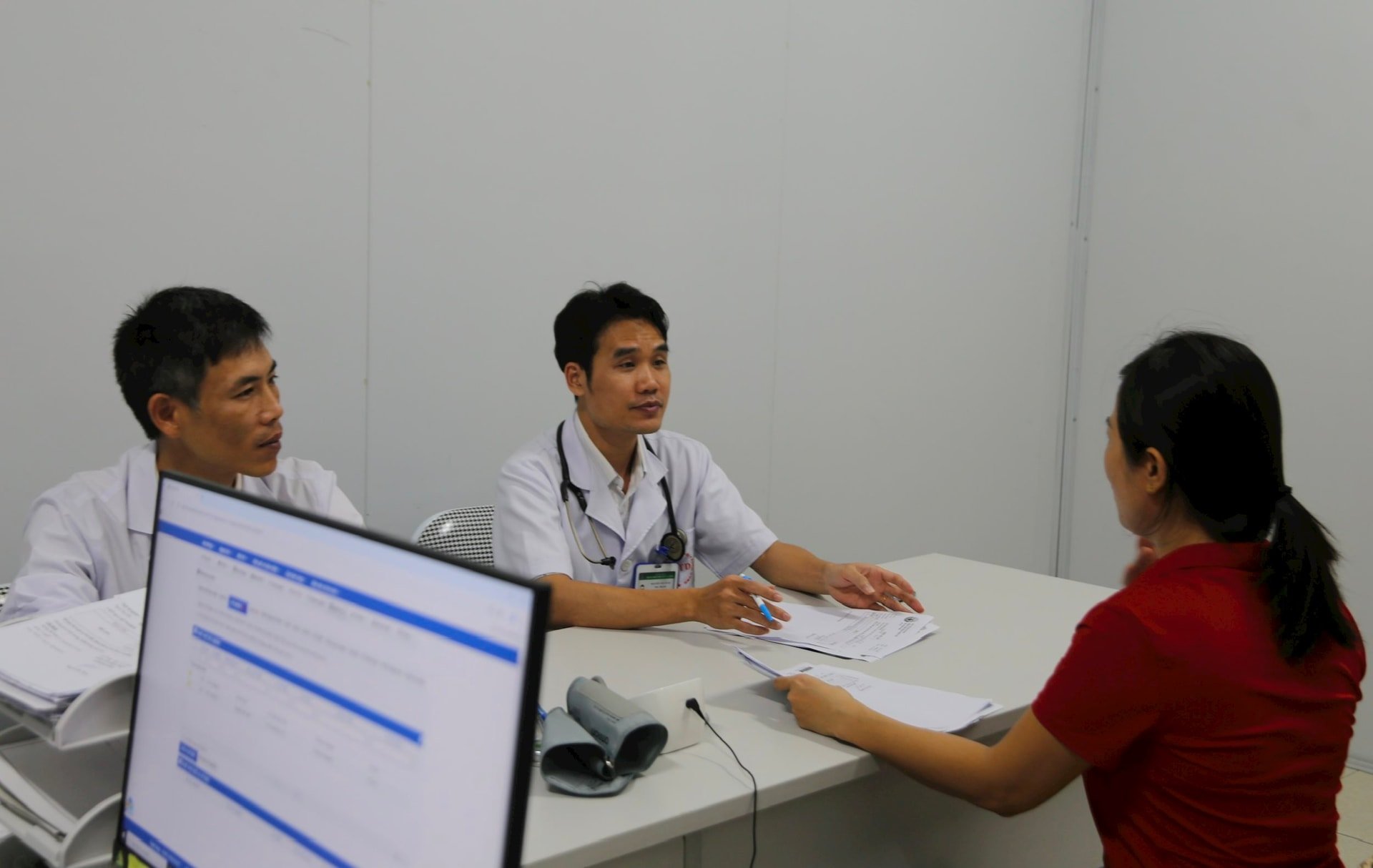













Comment (0)